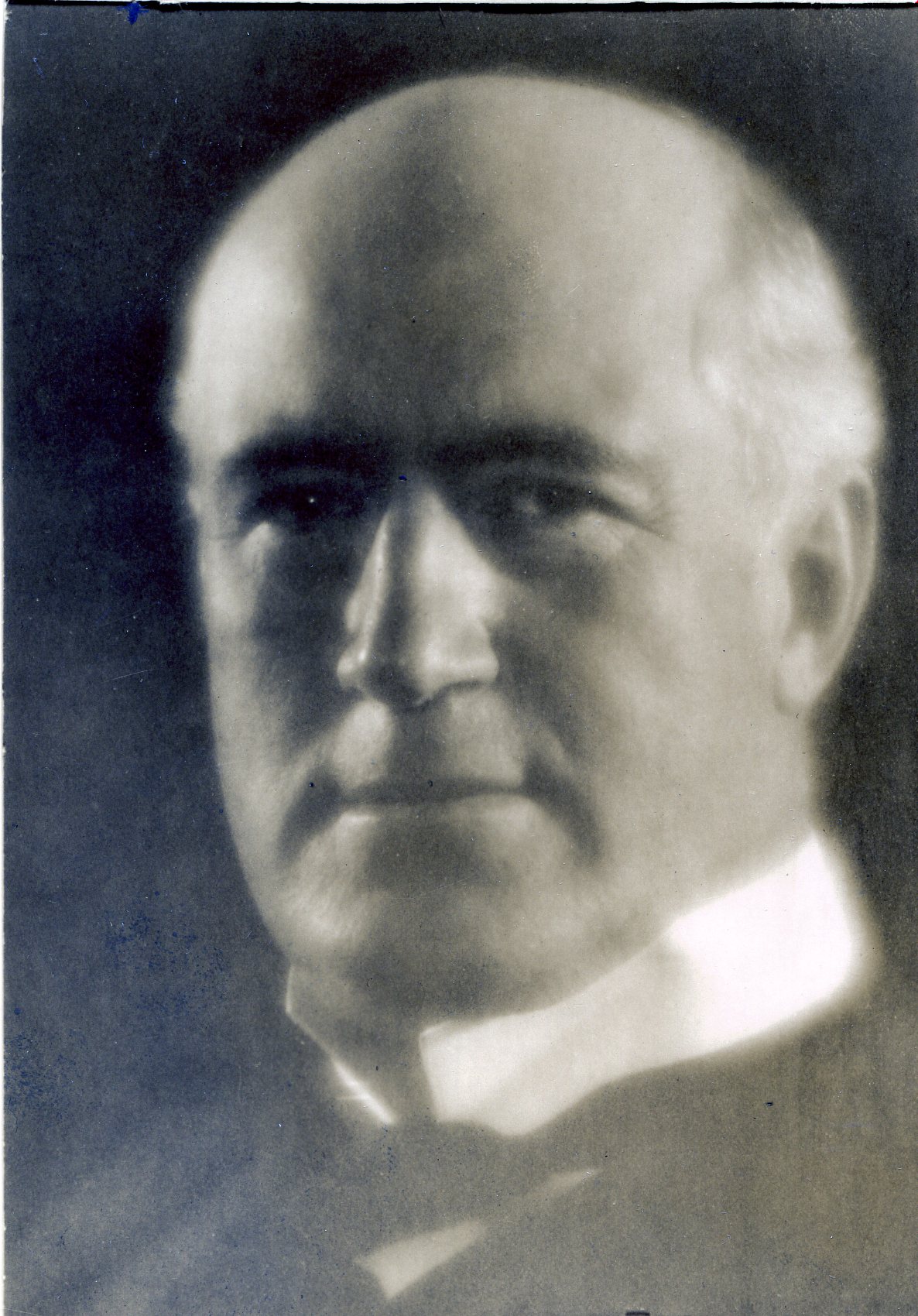Artist
Centurion, 1919–1944
Born 14 September 1867 in Boston, Massachusetts
Died 23 December 1944 in New York (Manhattan), New York
Buried Mount Auburn Cemetery , Cambridge, Massachusetts
, Cambridge, Massachusetts
Proposed by Julian Alden Weir and Edwin H. Blashfield
Elected 1 February 1919 at age fifty-one
Archivist’s Note: Uncle of Charles DeWolf Gibson
Century Memorials
Charles Dana Gibson. [Born] 1867. Artist. Understanding critic of his time, portraying in black and white the emotions and foibles of the ’90’s; neither extraordinary acclaim at the peak of his success, nor financial reverses, nor the task of shifting from pen to brush, could alter his sense of proportion or dim his kindliness; gifted and tolerant satirist as our show in his honor, opening tonight, bears witness; a great gentleman.
Geoffrey Parsons, Secretary
Annual Meeting Necrology, 11 January 1945
Gibson was a graphic artist, noted for his creation of the Gibson Girl, an iconic representation of the beautiful and independent American woman at the turn of the 20th Century.
Gibson was born in Massachusetts and studied at the Art Students League in Manhattan for two years before leaving to find employment. He sold his first work in 1886 to John Ames Mitchell’s Life magazine, and his work appeared weekly in the magazine for over thirty years. Gibson became the editor and eventual owner of Life after the death of Mitchell in 1918. His work appeared in all major New York publications, including Harper’s Weekly, Scribners and Colliers Magazine. His illustrated books include the 1898 editions of Anthony Hope’s The Prisoner of Zenda and its sequel.
In 1895, he married the beautiful Irene Langhorne, a sister of Nancy Astor, the first woman to serve as a Member of Parliament in the British House of Commons (1919–1945). Nancy was married to the American-born British aristocrat Waldorf Astor, son of William Waldorf Astor, one of the wealthiest men in the world. Another Langhorne sister, Phyllis, married Englishman Bob Brand, Oxford scholar and economic expert, known since he was a young civil servant as “The Wisest Man in the Empire.” The elegant Langhorne sisters, born to a wealthy Virginia family, served as the inspiration for the famous “Gibson Girls.”
The popularity of the Gibson Girl faded after World War I, and Gibson took to working with oils for his own pleasure. He retired in 1936 and died in 1944, a Centurion for four decades. While the Gibson Girl might be history, one creation of his still lives on: the Gibson Martini is named after him.
James Charlton
“Centurions on Stamps,” Part I (Exhibition, 2010)

